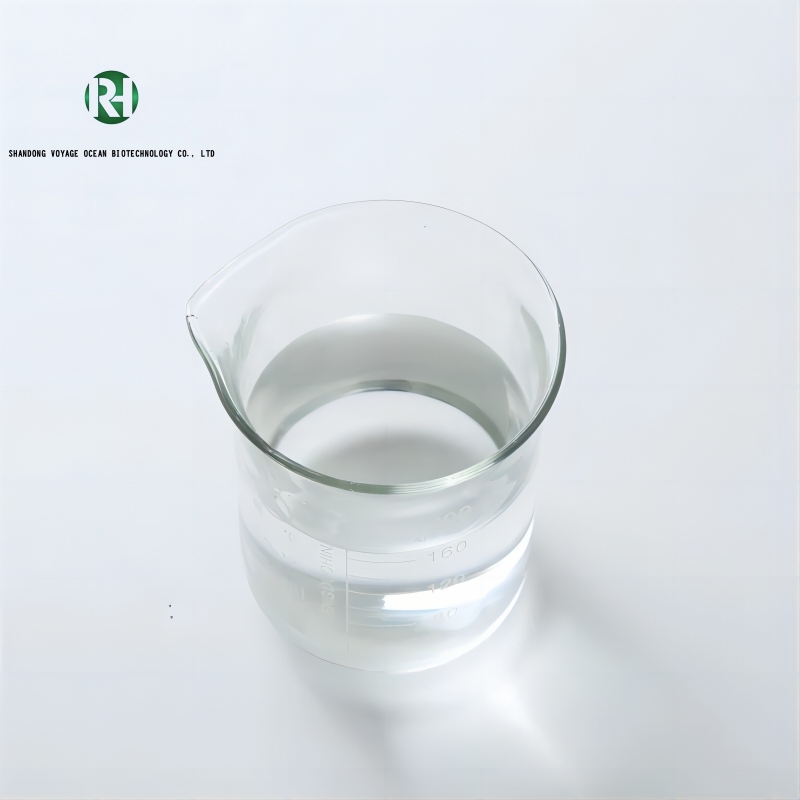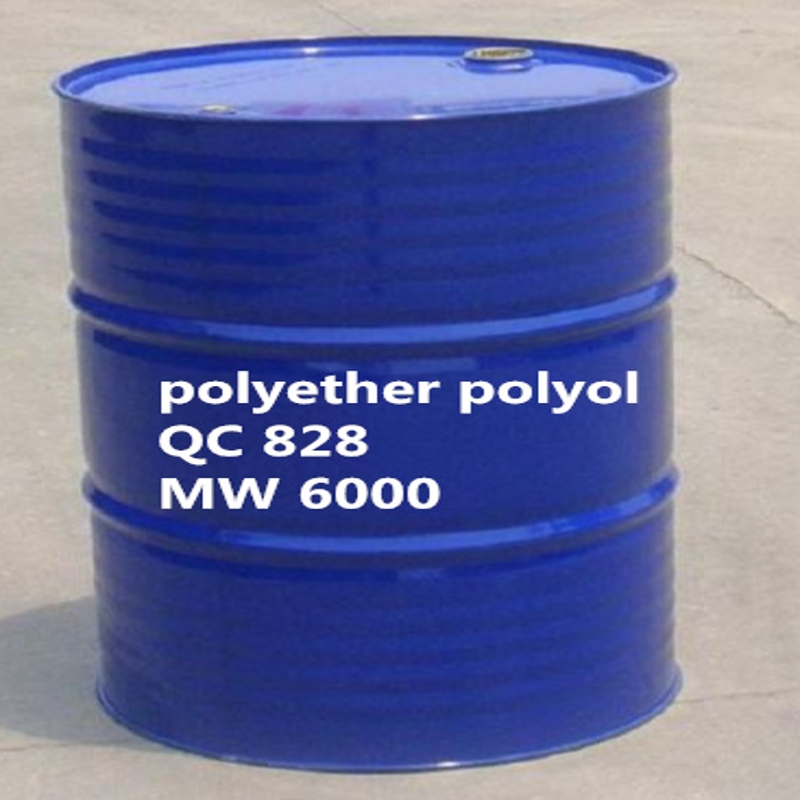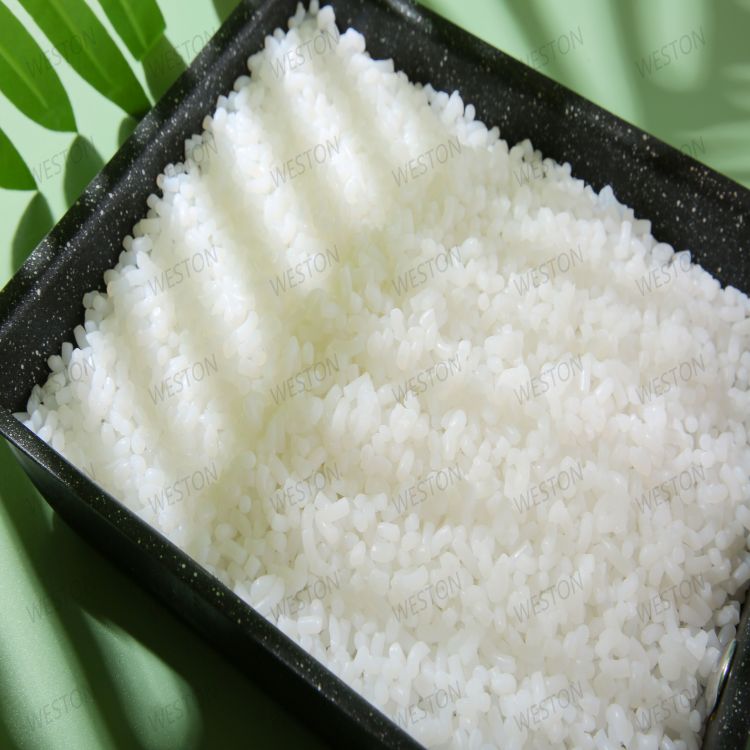-
Categories
-
Pharmaceutical Intermediates
-
Active Pharmaceutical Ingredients
-
Food Additives
- Industrial Coatings
- Agrochemicals
- Dyes and Pigments
- Surfactant
- Flavors and Fragrances
- Chemical Reagents
- Catalyst and Auxiliary
- Natural Products
- Inorganic Chemistry
-
Organic Chemistry
-
Biochemical Engineering
- Analytical Chemistry
- Cosmetic Ingredient
-
Pharmaceutical Intermediates
Promotion
ECHEMI Mall
Wholesale
Weekly Price
Exhibition
News
-
Trade Service
Electrical contact materials are the key structure-function integrated materials that undertake the on-off control, conductivity and bearing of circuits, and their performance is directly related to the safety and stability
of power systems and electrical equipment.
Commonly used electrical contact materials are mainly composite materials
with copper or silver as the matrix.
The matrix is responsible for electrical and thermal conduction and acts as a strong hardening, thereby improving the resistance of the material to
arc erosion.
Compared with copper-based systems, silver-based electrical contact materials have the advantages of high electrical and thermal conductivity, small and stable contact resistance, and are widely used in circuits and electrical appliances with
different power load ranges.
In addition to conductivity and arc erosion resistance, electrical contact materials also need to have good mechanical properties to meet the needs of bearing and long-term service, among which elastic deformation ability is particularly important
.
On the one hand, the electrical contact material maintains close contact through large elastic deformation, reduces the contact resistance, and avoids arc discharge caused by poor contact caused by relaxation; On the other hand, large elastic deformation helps to reduce the accumulation of damage caused by plastic deformation, delay fatigue failure, and extend the service life
of electrical contact materials and components.
Especially for electronic devices such as conductive springs, conductivity and elastic deformation ability are the most important material properties
.
However, it is often difficult to combine high elasticity and high conductivity in the same material, and the elastic strain limit of copper-based and silver-based bulk metal materials with good conductivity does not exceed 0.
5%, while resin-based conductive materials generally have low conductivity (usually less than 1kS·m-1)
despite their large elastic deformation ability.
Therefore, how to improve the elastic deformation limit under the premise of ensuring high conductivity is a key problem
restricting the development of highly elastic electrical contact materials.
Natural biological materials such as shells and bones have a microscopic three-dimensional interpenetrating structure, and the components are continuous and penetrate each other, so as to achieve complementary
advantages of different properties.
This structure provides inspiration
for the development of new high-performance electrical contact materials.
Recently, the design and preparation team of biomimetic materials of the Institute of Metal Research, Chinese Academy of Sciences cooperated with researchers at home and abroad to use the coupling effect between the strength of silver and the stress-induced martensitic phase transition effect of nickel-titanium alloy, combine the high elasticity of nickel-titanium alloy with the high conductivity of silver, and invent a new silver-nickel-titanium block electrical contact material
with high elasticity, high conductivity and high strength by designing and constructing a microscopic three-dimensional interpenetrating structure similar to natural biological materials.
The melting point difference of more than 300 °C between silver and nickel-titanium was studied, and the pressureless melting and seepage process commonly used in industrial production of electrical contact materials was used to impregnate the silver melt into the porous nickel-titanium skeleton of hot pressing sintering, and the sintering temperature and melting infiltration temperature of the skeleton were comprehensively adjusted, and the silver melt was completely filled with the skeleton under the premise of avoiding the interfacial reaction, and a dense silver-nickel-titanium block composite material
without impurity phase was obtained.
The two phases of silver and nickel-titanium in the material are continuous and penetrate each other in three-dimensional space, and the interface between the two phases is a metallurgical bond, Figure 1a
.
The good spatial connectivity of the silver matrix provides a continuous electron transport channel, giving the material a high conductivity of more than 10 MS·m-1, and the continuous nitinol reinforced phase can play an efficient strengthening role
.
In the deformation process, the stress of the nickel-titanium phase induces a martensitic phase transition, consumes the external mechanical energy while reducing the stress concentration, and the nickel-titanium phase can spontaneously reverse the phase change after unloading, and the material as a whole produces elastic recovery, giving the electrical contact material a large elastic deformation capacity of more than 1.
7%, which is more than 3 times that of commonly used block conductive metal materials, Figure 1b
。 In addition, the two-phase microscopic three-dimensional interlocking and mechanical interlocking are conducive to promoting the stress transmission between the two, avoiding premature damage caused by local stress concentration, and can constrain the microscopic plastic deformation and cracking inside the respective phases, hinder the damage evolution through the material and cause the overall failure, so as to further improve the strength and damage tolerance of the electrical contact material, so that it shows compressive and tensile strength
of about 1500MPa and 560MPa.
Compared with existing silver-based electrical contact materials, the strength is about double that of the same conductivity, Figure 1c
.
The combination of elasticity, strength and conductivity makes the new silver-nitinol electrical contact materials expected to be widely used
in circuits and electrical appliances.
The relevant research results were published in Applied Materials Today, and two invention patents
were applied.
Microscopic three-dimensional interpenetration structure of highly elastic silver-nitinol electrical contact materials and comparison of their properties with existing materials







